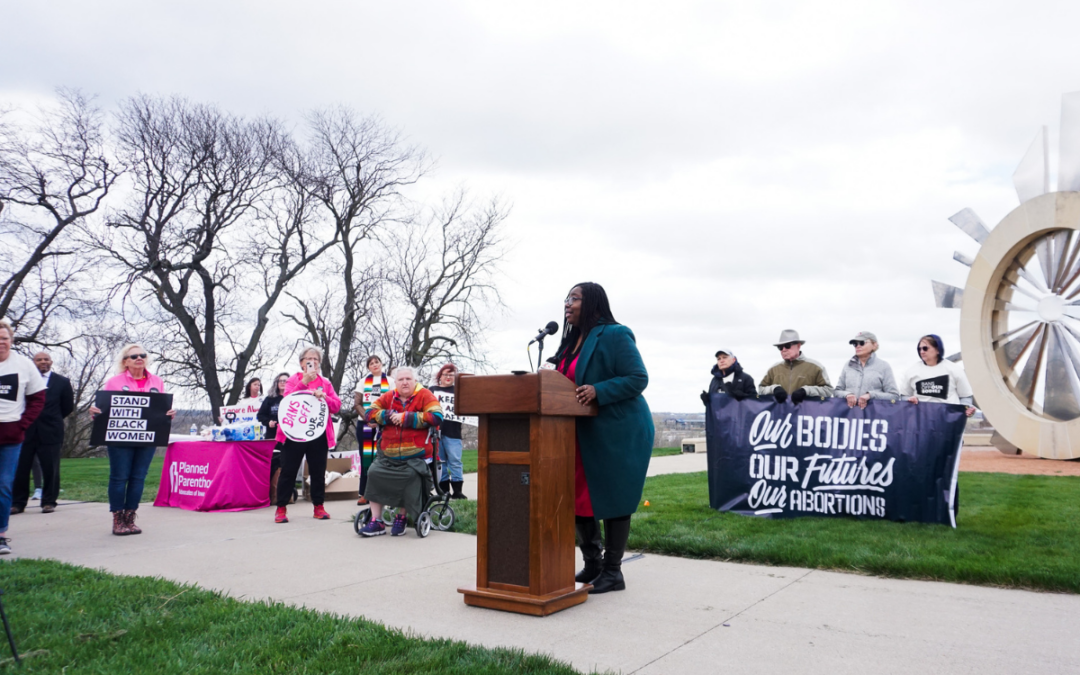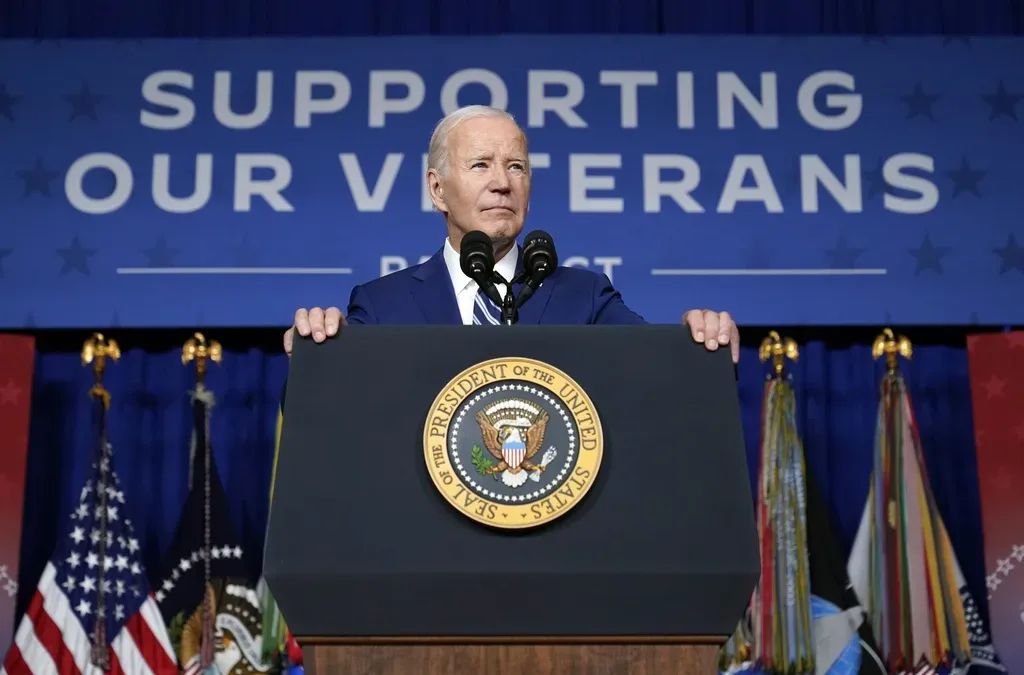
Following the 2016 election defeat, Democrats are in a real funk. The coming Trump presidency combined with Republican control of the House and Senate gives Democrats little hope that they can have any real impact on passing meaningful legislation. They’re concerned that they lack the power to defend current laws like Obamacare let alone push their own progressive agenda.
Their current strategy is to challenge the Trump cabinet nominees and expose the extreme ideology many of these conservative nominees represent. Democrats lacking the votes to move legislation and, faced with an extreme Republican agenda, should take a page from the Republicans’ 2009-2010 Tea Party Movement playbook.
Democrats find themselves in a similar situation to the Republicans’ predicament following the 2008 election. In 2009, President Obama had a House and Senate in Democratic control. Democrats dominated all three branches of government just as Republicans do today.
Democrats quickly ran into a new powerful political opponent, the Tea Party Movement. The Republican-dominated Tea Party Movement burst upon the political scene soon after President Obama took office in 2009. The Tea Party’s opposition was fueled in part by the Democrats’ passage of the American Recovery and Reinvestment Act (stimulus package). The Tea Party organized nationwide protests opposing the stimulus as well as health care reform. They also linked their protests to the Troubled Assets Relief Program (TARP), even though that was passed in 2008 with bipartisan support prior to Obama taking office. The Tea Party very effectively linked these, as well as the auto bailout, into a successful anti-Democrat and anti-Obama campaign.
The 2009 congressional August recess became the public boiling point for the Tea Party Movement’s protests. Nationally, there were multiple loud and rowdy public town hall meetings that turned into chaos. Congressman and Senators of both parties faced increasingly ugly and rowdy public meetings. Many were canceled or moved to avoid angry confrontations. Iowa’s representatives faced similar outbursts as well. Politico reported an incident between an angry protester and former Iowa Representative Bruce Braley over his work on health care reform. Braley was quoted in that article about his opinion on the increasing public anger, “I think it’s just the fact that we are dealing with some of the most important public policy issues in a generation.”
The political power of the Tea Party Movement was largely based on turning out large numbers of the public for mass protests. On tax day April 15, 2009, they organized over 300,000 people in 346 cities to protest taxes. On September 12, 2009 the Tea Party Movement held a taxpayer march on Washington that turned out over 75,000 angry protestors. In February 2010 the Tea Party Nation held their first convention featuring the political firebrand Sara Palin. By April 2010 they had established the National Tea Party Federation to organize national rallies, issue national messaging and endorse candidates.
We all know the result of the Tea Party Movement on the 2010 elections. The Republicans took back control of the House and increased seats in the Senate. The Republican Party acknowledged the Tea Party Movement played a significant role in that upset. Republicans were able to overcome the Democrats’ majority with pure political organizing of public opinion.
One of the most fascinating facts about the Tea Party Movement was their embrace of the liberal organizing tactics of Saul Alinsky. Recall in the 2008 election, Republicans painted Obama and Hillary Clinton as dangerous radicals for their connection to the liberal community organizer Saul Alinsky. Republicans loved to hate Alinsky until they suddenly realized the value to the Tea Party of the Alinsky organizing model. Rules for Radicals: A Pragmatic Primer for Realistic Radicals, by Alinsky became a favorite primer for Tea Party activists trying to overthrow the Obama agenda. Former Republican House Majority Leader Dick Armey, a leader of the Tea Party movement, recommended the book to his Tea Party friends.
What can Democrats learn from the Tea Party Movement experience? Number one is the power of the public’s voice on influencing members of Congress. If members of Congress perceive that they are out of favor with public opinion, they will respond. They always live in fear of getting voted out of office. If they perceive their actions and/or votes put them at risk in 2018 they will respond.
Democrats should embrace a Tea Party-like movement to scare and intimidate Republicans. Democrats can hold Republicans responsible to the public if they make their voices heard at town hall meetings, public events and at congressional offices. Raising the awareness of the public to the radical Republican agenda will require Democrats to take this fight to the streets. It will require passion, commitment and a willingness to get involved. Democrats can resist the Republicans’ agenda, defend our values and champion progressive issues if we unite.
Democrats have two choices: be depressed and get run over by Republicans or fight back with all the energy, passion and commitment that makes you a Democrat.
Democrats, are you ready to go Tea Party and fight back?
by Rick Smith
Posted 1/13/17
Politics

Abortion supporters rally before Iowa Supreme Court arguments
Abortion saved her life seven years ago and Leah Vanden Bosch is more grateful for it now than ever. Vanden Bosch, who serves as the development and...

New VA program to help more than 40,000 veterans stay in their homes
The Department of Veterans Affairs (VA) will launch a “last resort” program for tens of thousands of American veterans who are in danger of losing...
Local News

No more Kum & Go? New owner Maverik of Utah retiring famous brand
Will Kum & Go have come and gone by next year? One new report claims that's the plan by the store's new owners. The Iowa-based convenience store...

Here’s a recap of the biggest headlines Iowa celebs made In 2023
For these famous Iowans, 2023 was a year of controversy, career highlights, and full-circle moments. Here’s how 2023 went for the following Iowans:...





